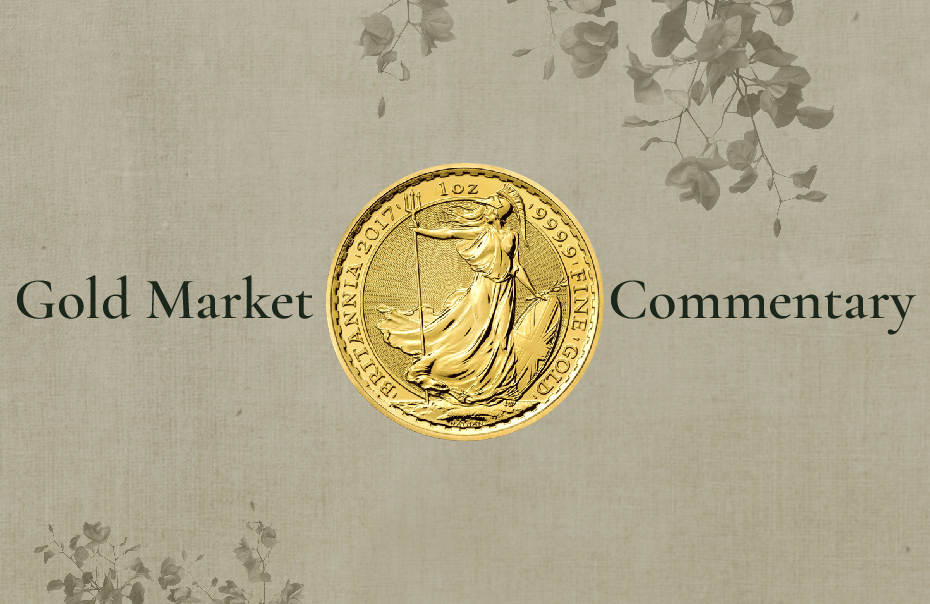Gold prices touched a more than 3-month peak on May 17, boosted by a fall in U.S. Treasury yields and concerns over a resurgence of coronavirus in Asian countries. Analysts see a bullish outlook for the yellow metal due to fears over rising inflation.
Gold broke above resistance at $1,850 and traded at $1,853.06 per ounce after hitting its highest level since early February.
Soft U.S. retail sales data last week had weighed on the U.S. dollar and Treasury yields, and lifted gold to within sight of the key $1,850 resistance. Falling Treasury yields boost investor appetite for non-interest-bearing gold.
A major talking point in the gold market remained inflationary risk in the United States, the world’s biggest economy, where annualised consumer price rises are running at around 4 percent.
Many analysts expect the ongoing fears of rising inflation to underpin the gold price. Gold is widely seen as a hedge against inflation.
“There will be pressure on the Fed (Federal Reserve) from the (U.S.) Administration to not ‘rock the boat’ by raising interest rates and cutting back on QE (quantative easing) which could well lead to a hugely visible equities downturn, thus potentially putting a big dent in the public’s perception of the supposed economic recovery,” wrote Lawrie Williams, gold market analyst with bullion dealer Sharps Pixley.
The Fed’s response to the inflationary worries is hard to predict.
Nouriel Roubini, CEO of Roubini Macro Associates, told Kitco News:
“Either you’re behind the curve, you’re going to cause inflation, or if you don’t want to be any more behind the curve, and then you signal, ‘I’m going to tighten (monetary policy),’ then you could have a bond market and a credit market crash that could really weaken the economy, if not stall it. It’s damned if you do, damned if you don’t,” he said.
For UK-based gold savers, the recent strengthening of sterling against the dollar in which gold is denominated, makes it cheaper to acquire the precious metal, after the pound achieved a second week of gains against the greenback in May, trading above $1.40.
The speed and efficiency of the vaccinations rollout in the UK has supported the pound, with a focus now on the impact that a new Indian variant of coronavirus will have on the vaccination strategy.
The outlook for the pound exchange rate appeared to be constructive due to the UK’s stronger economic recovery than expected, with economic growth up 2.1 percent in March from February, auguring for a brisk bounce back this year.
































